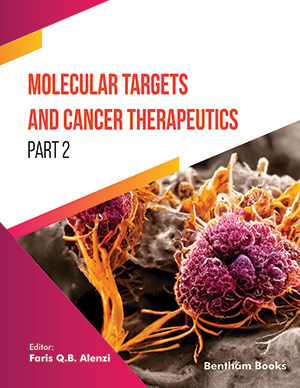Abstract
The major goal of modern radiation oncology is the achievement of a maximal tumor control with minimal normal tissue damage. However, normal tissue tolerance may preclude the application of tumoricidal radiation doses. In order to overcome this limitation, strategies either to increase normal tissue tolerance or to reduce the radiation dose required may prove beneficial. In this regard, attempts to minimize the required radiation dose by reducing the number of malignant clonogenic cells are promising. Therefore, therapies which induce programmed cell death (apoptosis) in tumor cells, may prove to be suitable approaches. TRAIL (TNFα-related apoptosis inducing ligand) / Apo2L is a very promising member of the family of death ligands. The ligand preferentially induces apoptotic cell death in a wide range of tumor cells but not in normal cells. TRAIL / Apo2L triggers apoptosis even in cells not undergoing apoptosis in response to radiation, since ionizing radiation induce apoptosis by a different pathway as death ligands although an overlapping set of molecules is involved. Combination of both modalities has been shown to induce additive or synergistic apoptotic effects and eradication of clonogenic tumor cells thereby increasing the therapeutic efficacy. The present article reviews this novel biological strategy for optimized radiotherapy based on the combination of ionizing irradiation and death receptor triggered cell death.
Keywords: apoptosis, irradiation, clonogenity, combined treatment
 6
6

















